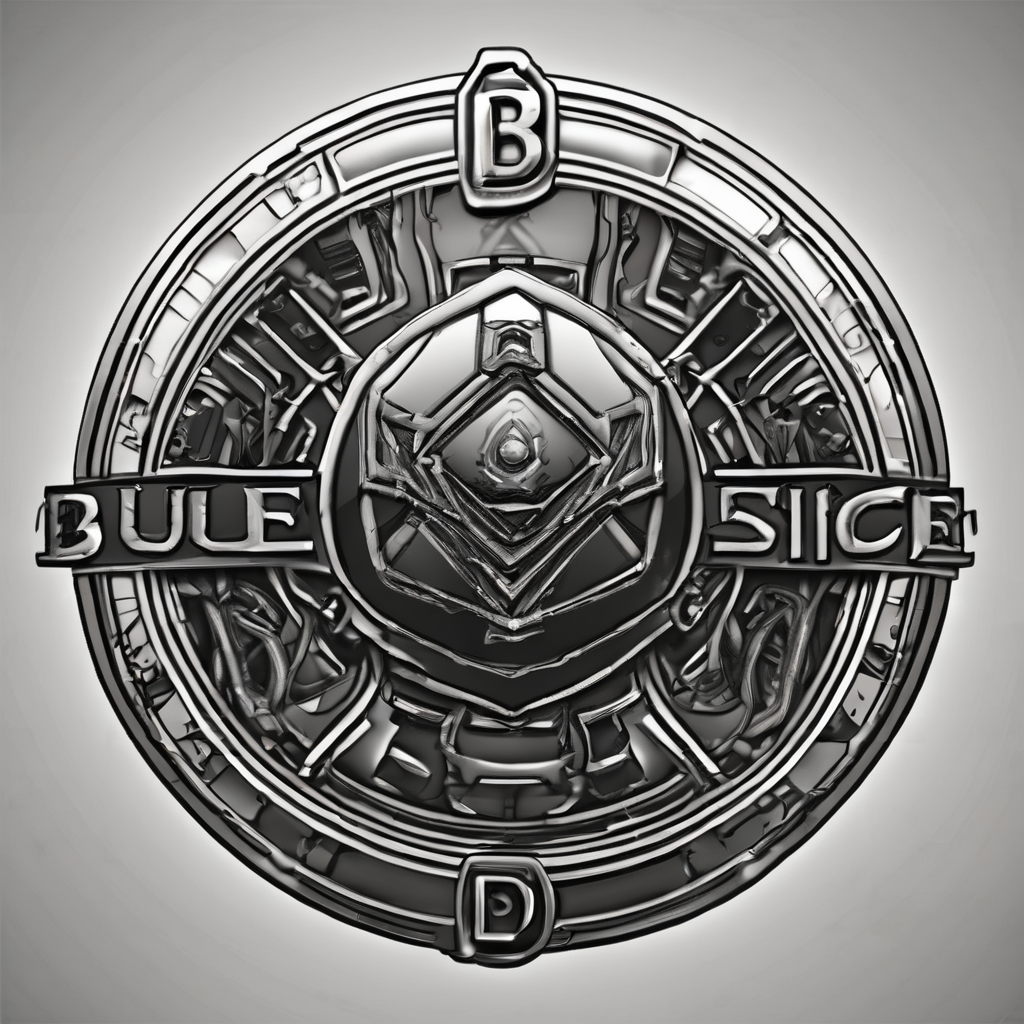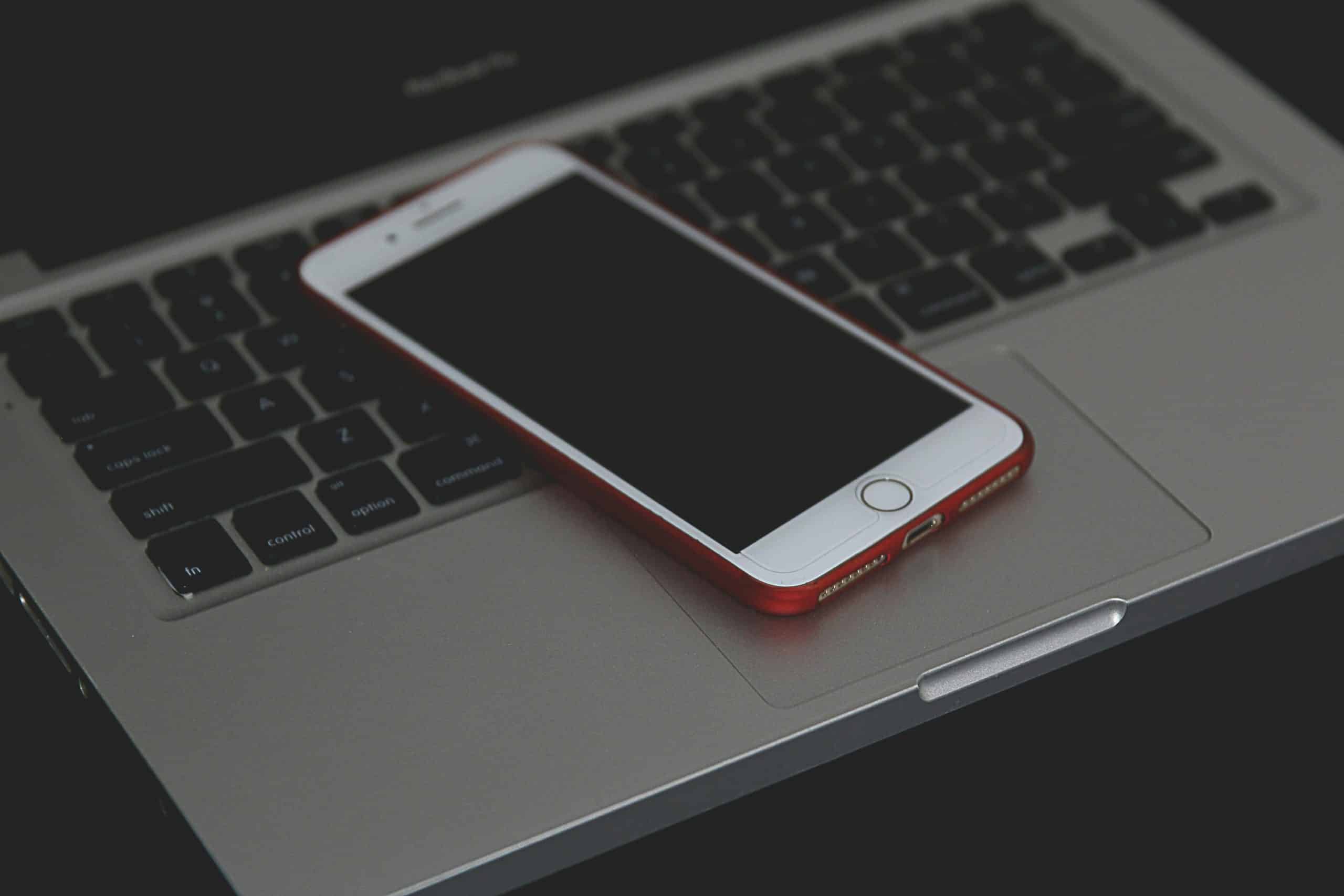The world of machine learning is constantly evolving, and one of the latest developments is the introduction of TensorFlow Lite. It’s a lightweight solution for mobile and edge devices, designed to run TensorFlow models on Android, iOS, and other platforms. By bringing machine learning to mobile devices, TensorFlow Lite opens a world of possibilities for app developers and data scientists alike.
Understanding the Role of TensorFlow Lite
Before we delve into how to use TensorFlow Lite, it’s crucial to understand what it is and why it’s important. Essentially, TensorFlow Lite is a set of tools provided by Google to help developers run machine learning models on mobile and edge devices. This technology is a game-changer, as it enables machine learning inference with low latency and a small binary size on mobile devices.
Avez-vous vu cela : What are the steps to set up a CI/CD pipeline using Bamboo for a PHP project?
TensorFlow Lite brings machine learning capabilities right into the palm of your hand. It’s no longer just about big data centers crunching numbers. Your Android or iOS device can now use machine learning to interpret and predict from data right on the device – a process known as edge computing.
Imagine being able to develop an app that learns from the user’s behaviour, or one that can interpret and label images in real time. Thanks to TensorFlow Lite, these are now possibilities.
A lire également : How can you use Grafana for visualizing and analyzing metrics from Prometheus?
TensorFlow Lite Models and Training
The first step in using TensorFlow Lite is to have a trained model. If you already have a TensorFlow model, you can convert it into a TensorFlow Lite model using the TensorFlow Lite Converter. However, if you are starting from scratch, you will first need to train your model.
Training a machine learning model involves feeding it large amounts of data and allowing the model to adjust its own parameters to predict the output. For instance, if you were training a model to recognize images of cats, you would feed it many images of cats, along with labels indicating that these are indeed images of cats.
Once you’ve trained your model, it’s time to convert it into a TensorFlow Lite format. This format is more efficient and optimized for mobile devices. It takes into account the constraints of a mobile device, such as lower processing power and memory limitations, to deliver a model that’s lightweight yet powerful.
The TensorFlow Lite Interpreter
To run your TensorFlow Lite model on a mobile device, you need an interpreter. The TensorFlow Lite Interpreter is a library that takes a model and runs inference on it. It’s designed to be lean and efficient, allowing you to run your models on Android, iOS, and other platforms.
Let’s take an example. Suppose you have an app where users upload images, and you want to label these images automatically. Once you have your trained model in the TensorFlow Lite format, you can use the TensorFlow Lite Interpreter to run your model and label the images. The interpreter takes the input data (the images), runs them through the model, and outputs the predicted labels.
TensorFlow Lite on Android Devices
Android is the most popular mobile operating system worldwide, making it a prime target for TensorFlow Lite applications. If you’re an Android developer, you’ll be glad to know that TensorFlow Lite provides Android-specific tools and libraries to help you integrate machine learning into your apps easily.
In order to run a TensorFlow Lite model on an Android device, you will need to include the TensorFlow Lite Android library in your project. This library includes the TensorFlow Lite Interpreter and other necessary components. Once you’ve set up your project, you can use the TensorFlow Lite Android library to run inference on your model, process the output, and utilize the results in your app.
Conclusion
Deploying machine learning models on mobile devices is an exciting frontier in the field of data science and app development. With tools like TensorFlow Lite, it’s now possible to leverage the power of machine learning on the devices we carry with us every day. By understanding the capabilities of TensorFlow Lite and how to use it effectively, developers and data scientists can create apps that are smarter and more responsive to user behavior. It’s an exciting time to be involved in this rapidly evolving field.
TensorFlow Lite and Deep Learning
The concept of deep learning has revolutionized the field of machine learning. Deep learning is a subfield of machine learning that uses algorithms to model and understand complex structures and relationships among data and variables. TensorFlow Lite is not limited to basic machine learning models. It also supports various types of deep learning models.
One of the most popular use cases of TensorFlow Lite in deep learning is object detection. Object detection models try to identify objects within images or video in real-time. These models, once trained, can be converted to TensorFlow Lite format using the TensorFlow Lite Converter. This allows developers to integrate state-of-the-art object detection capabilities into their Android or iOS applications.
Imagine building an android app that can recognize and identify objects in real-time or an application that understands and responds to natural language. With TensorFlow Lite’s support for deep learning models, these scenarios are well within reach.
Moreover, the TensorFlow Lite Interpreter provides an efficient way to run these deep learning models on mobile devices. Its lean design allows the interpreter to run complex deep learning models without exhausting the device’s resources.
TensorFlow Lite and Device Training
While most machine learning models are trained on powerful servers, with TensorFlow Lite, it’s possible to train models directly on your device, a process known as device training. This is useful for models that need to learn from data that is continuously being generated on the device itself, such as user behaviour patterns.
Device training with TensorFlow Lite is straightforward. After setting the checkpoint path to save and load model weights, you can train your model straight from your Android Studio. You’re not just limited to Android devices, but you can also train your TensorFlow Lite models on iOS and other platforms.
This approach has two key advantages. First, it allows for personalization since the model is trained on user-specific data. Second, it enhances privacy as the data never leaves the device.
Moreover, the TensorFlow Lite model can continually learn and adapt to the user’s behaviour without the need to constantly download updates from the server. This makes your app more dynamic and responsive to individual users.
In the realm of mobile app development and data science, TensorFlow Lite has proven to be a game-changer. It has made it possible to deploy both simple and complex machine learning models, including deep learning models, on mobile devices with low latency and small binary size.
Furthermore, TensorFlow Lite’s support for device training opens up new opportunities for personalized and privacy-preserving applications. By effectively using TensorFlow Lite, developers can create applications that are not only smarter, but also more individualized and responsive to user behaviour.
Indeed, the advent of TensorFlow Lite has heightened the utility of our everyday devices to an unprecedented level. It’s an exhilarating time to delve into this rapidly evolving field to explore the endless possibilities it offers. With TensorFlow Lite, the power of machine learning is literally at our fingertips.

